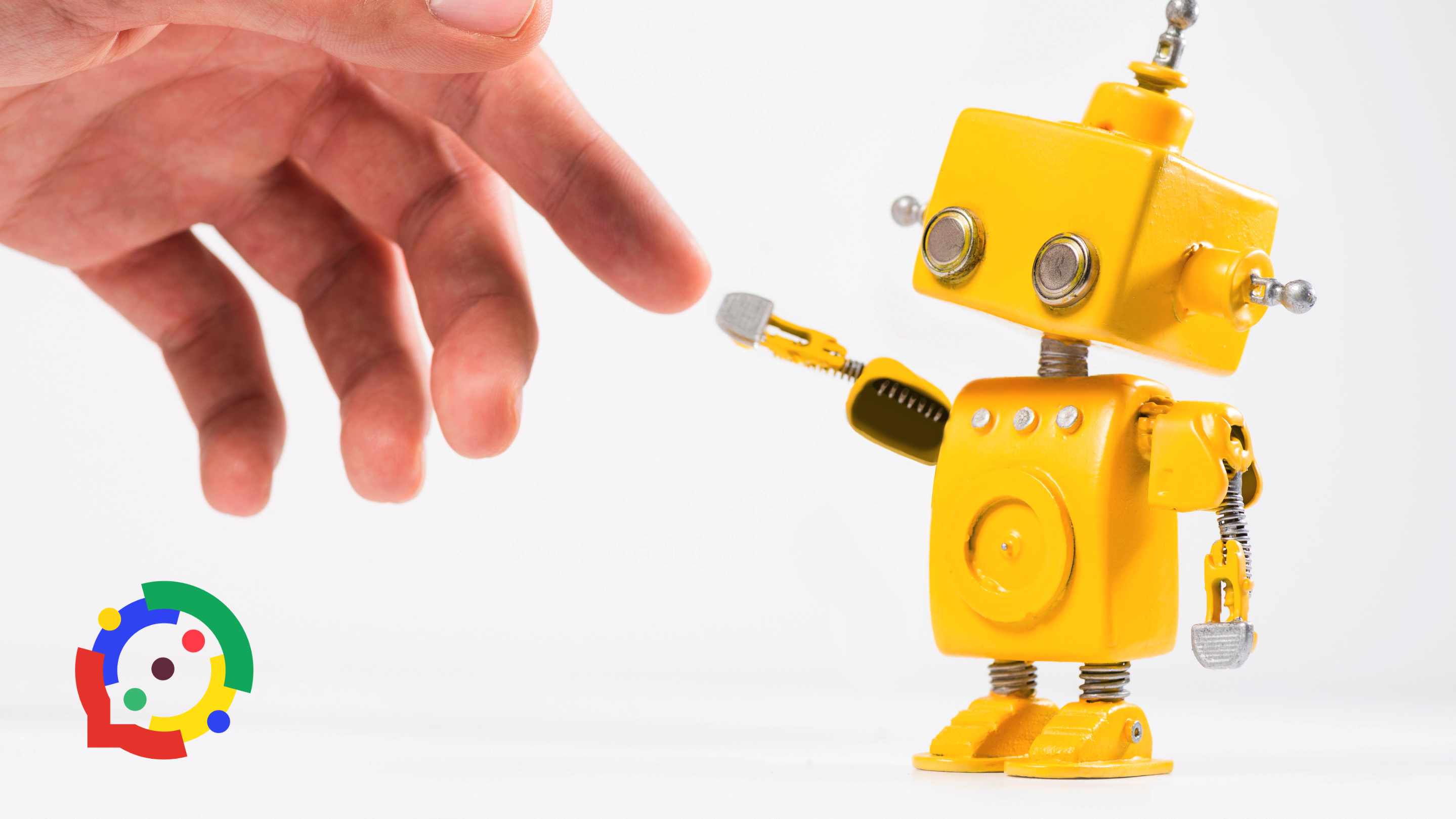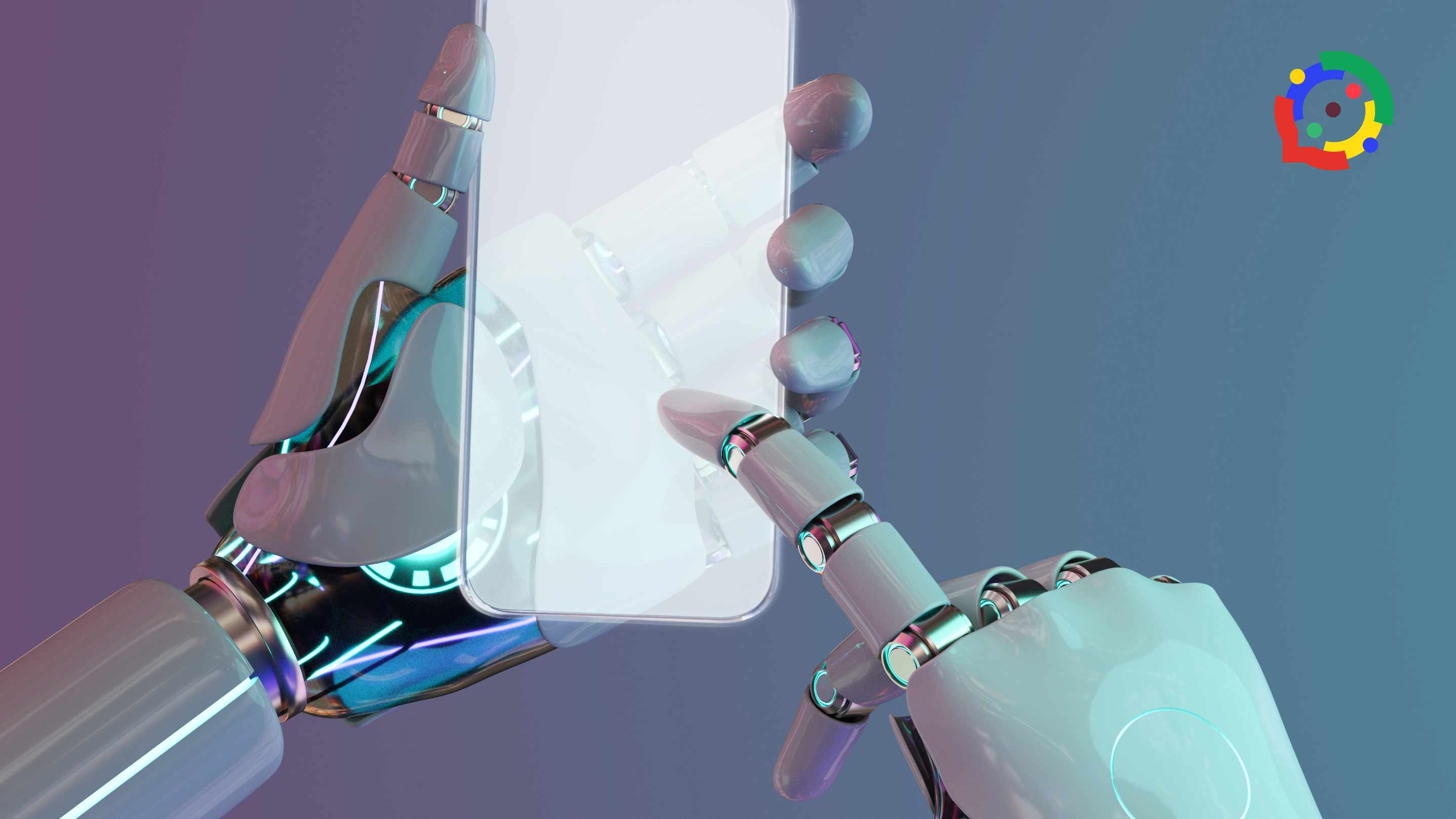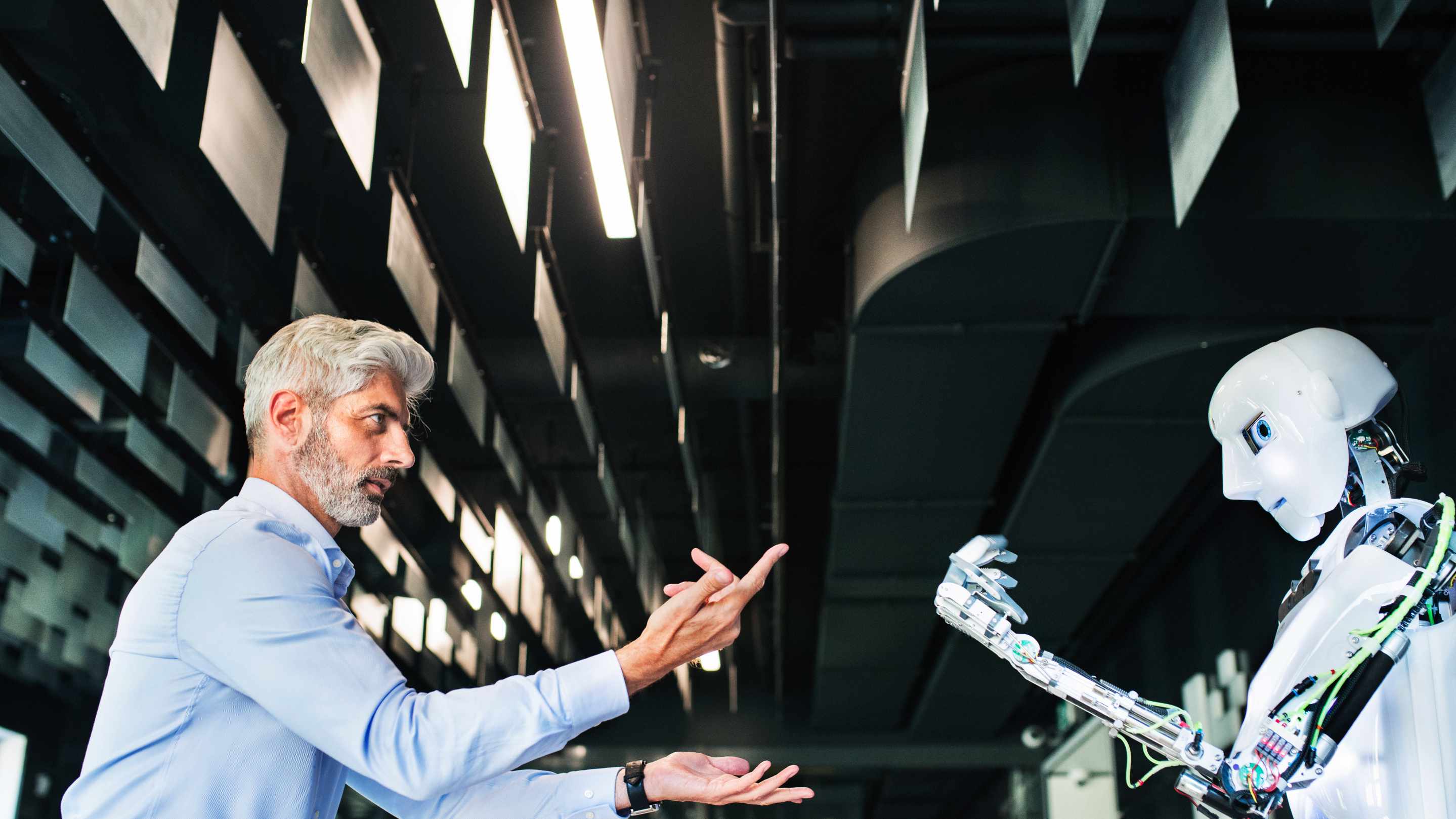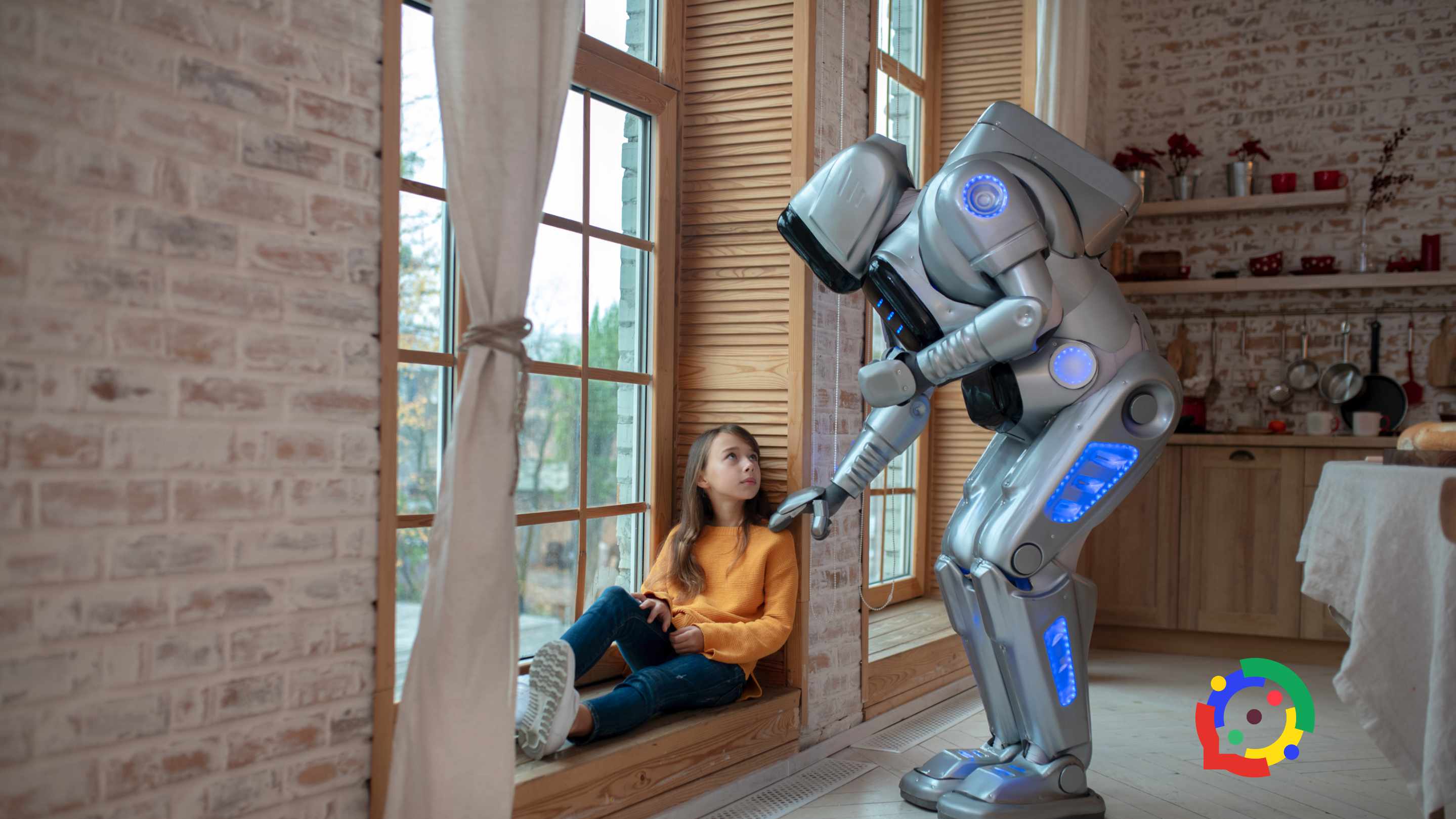AI-generated images have gained significant attention in recent years, revolutionizing various industries and opening up endless possibilities. Using advanced machine learning algorithms, these images are created by artificial intelligence systems without human intervention. This article explores the science behind AI-generated images and their profound impact on various sectors, ranging from entertainment and marketing to healthcare and fashion.
AI-generated images have the potential to reshape the way we perceive and interact with digital content. With the advancements in AI and deep learning techniques, computers can now generate vivid and realistic images that were once only possible through manual creation by skilled artists. This has led to tremendous opportunities for innovation and creative expression, while also raising important ethical considerations.

In the entertainment industry, AI-generated images have been utilized in movies, video games, and virtual reality experiences. For instance, companies like Industrial Light & Magic have employed AI algorithms to generate stunning visual effects, bringing imaginary worlds and creatures to life. These images not only save time and resources but also offer limitless possibilities for filmmakers and game developers to push boundaries and create extraordinary visuals.
AI-generated images have also made significant strides in the marketing and advertising industry. Brands can now leverage AI algorithms to generate visually appealing and customized images for their campaigns. For example, clothing companies can create virtual models wearing their latest collections, allowing customers to visualize the clothes from different angles and sizes. This not only enhances the shopping experience but also reduces the need for costly photoshoots and physical samples.
Moreover, AI-generated images are advancing medical research and diagnosis. By analyzing vast amounts of medical imaging data, AI systems can generate high-resolution images of organs and tissues, aiding in the identification and treatment of diseases. This technology has the potential to improve the accuracy and efficiency of medical diagnoses, ensuring faster and more effective therapies for patients.
In the fashion industry, AI-generated images are transforming the way products are designed and presented. Fashion designers can now use AI algorithms to generate unique patterns and designs, eliminating the limitations of traditional manual processes. Virtual fashion shows featuring AI-generated models have also gained popularity, allowing designers to showcase their collections without the need for physical models and expensive runway events.
The potential applications of AI-generated images are vast, and their impact on various industries is undeniable. As AI technology continues to evolve, we can expect even more realistic and sophisticated images to be generated, pushing the boundaries of creativity and innovation. However, it is crucial to address the ethical considerations surrounding AI-generated images, such as the potential for misuse or the creation of deceptive content.
What are AI-Generated Images?
AI-generated images are visual content created by artificial intelligence using machine learning algorithms. These images are not captured by a camera or drawn by a human artist but are instead generated entirely by a computer program. By training an AI model on a large dataset of existing images, the program learns patterns and features which it can then use to create new and unique visuals.

The process of generating AI images involves feeding a machine learning algorithm with a vast amount of data, such as photographs or artwork. The algorithm then analyzes this data, identifying patterns, colors, shapes, and structures present in the images. It learns to associate specific features with different objects, scenes, or styles.
Once the model has been trained, it can generate new images that mimic the artistic style or content from the training dataset. These images can be entirely novel and often exhibit similar characteristics to the original dataset, depending on the complexity and quality of the trained model.
Understanding Deep Learning Networks
In the field of artificial intelligence (AI), the process of creating realistic images from text has made significant progress over the years. This remarkable achievement is made possible through the powerful combination of natural language processing (NLP) and deep learning techniques. In this section, we will explore how text is used as input to generate images by AI systems, and delve into the underlying mechanisms that enable this transformation.
Natural Language Processing (NLP)
Natural language processing plays a crucial role in the conversion of text into images. NLP algorithms are designed to abstract the meaning and context of textual data, allowing AI systems to extract valuable information and generate corresponding visual representations. By leveraging techniques such as word embedding and semantic analysis, these algorithms enable machines to understand the nuances of human language, making it possible to convert textual descriptions into meaningful image outputs.
For example, consider the sentence "A sunny day at the beach with palm trees and gentle waves." NLP algorithms break down this sentence, identify important keywords, and associate relevant visual features with each keyword. In this case, the system would understand the concepts of a sunny beach, palm trees, and gentle waves, allowing it to generate an image resembling the given description.

Deep Learning Techniques
Deep learning networks provide the foundation for the generation of AI-generated images. These networks are composed of multiple layers of artificial neurons that are trained to recognize complex patterns and relationships within data. In the case of converting text to images, deep learning models are trained on large datasets of paired textual descriptions and corresponding images. Through an iterative process, these models learn to associate specific textual features with visual features, enabling them to generate images based on textual input.
Convolutional neural networks (CNNs) and generative adversarial networks (GANs) are commonly used deep learning architectures for text-to-image generation. CNNs excel at recognizing visual patterns within images and have been adapted to encode textual features as input for generating images. On the other hand, GANs consist of two competing neural networks, a generator and a discriminator, where the generator learns to generate realistic images based on textual input, and the discriminator learns to differentiate between real and generated images. This adversarial training process allows the generator to continuously improve its output quality.
Evidence and Statistics
The effectiveness of AI-generated image synthesis from text has been demonstrated through various benchmarks and competitions. One notable example is the "Text-to-Image Synthesis" task in the annual Visual Question Answering (VQA) challenge. Competitors are required to generate visually accurate images based on textual descriptions, showcasing the capabilities of AI systems for image generation.
In recent years, significant improvements in the quality and realism of AI-generated images have been achieved. For instance, the DeepArt project produced stunning images of natural landscapes based on textual descriptions, successfully capturing the essence portrayed in the given text. Researchers have also developed models that can generate diverse images with different styles and viewpoints, further enhancing the capabilities of text-to-image synthesis.
The success of AI-generated images can be attributed to the advancements in both natural language processing and deep learning techniques. By leveraging the power of NLP algorithms and deep learning networks, AI systems are able to understand textual descriptions and create realistic visual representations. This remarkable fusion of technologies holds tremendous potential in various domains, including entertainment, design, and virtual reality, where AI-generated images are revolutionizing the way we experience and interact with digital content.
Understanding Deep Learning Networks
Deep learning networks are a subset of artificial intelligence that mimic the behavior of neural networks in our brains. They consist of multiple layers of interconnected nodes, known as artificial neurons, which process and analyze data. These networks are capable of learning and making predictions by adjusting the weights of connections between nodes based on input data.
An important concept within deep learning networks is convolutional neural networks (CNN), which are particularly effective in image generation. CNNs utilize filters for feature extraction, capturing low-level patterns and gradually combining them to form higher-level features. By leveraging multiple layers of filters, CNNs can generate images that closely resemble real-world objects and scenes.
For example, consider the task of generating images of cats. The first few layers of a CNN might detect simple edges or color gradients, while deeper layers can detect ears, whiskers, and other specific cat features. By combining these features, the network can ultimately generate an image that resembles a cat.
To ensure the generated images are of high quality, numerous techniques have been developed, such as generative adversarial networks (GANs). GANs consist of two components - a generator and a discriminator. The generator creates new images from random noise, while the discriminator aims to distinguish between real and fake images. Through an iterative process of training and feedback, GANs progressively improve the realism of generated images.
Advancements and Challenges
The field of AI image generation has witnessed remarkable advancements, thanks to ongoing research and technological innovation. These advancements have led to state-of-the-art models capable of generating highly realistic images that are almost indistinguishable from real photographs.
However, challenges still exist in achieving truly perfect AI-generated images. One challenge is the generation of images that are consistent with human preferences and expectations. While AI models can create visually appealing images, they may lack the subjective interpretation and artistic nuances that human artists possess.
Another challenge is the potential misuse of AI-generated images. With the increasing sophistication of AI models, there is a risk of creating realistic fake images, which could have implications for issues such as privacy, identity theft, and the spread of misinformation.

Applications of AI-Generated Images
AI-generated images have found extensive applications in various fields, ranging from entertainment to healthcare. The scientific principles and techniques underlying AI image generation, including generative adversarial networks (GANs), convolutional neural networks (CNNs), and variational autoencoders (VAEs), have revolutionized the creation of realistic and high-quality images.
1. Gaming and Entertainment Industry
The gaming and entertainment industry has greatly benefited from AI-generated images. Game developers can now leverage AI algorithms to create realistic 3D models, environments, and textures, enhancing the overall gaming experience. AI-generated characters and objects can be dynamically generated and customized, enabling developers to create expansive and immersive virtual worlds. Moreover, AI can generate new and unique visual content, reducing the need for manual design and art creation.
For example, NVIDIA's GAN-based StyleGAN algorithm can generate high-resolution and natural-looking faces of non-existent people. This technology has been used in various video games to create unique characters with diverse appearances, enhancing the visual diversity and realism of virtual worlds.
Statistics:
- In a survey of game developers, 68% reported using AI-generated images to enhance visual content in their games.
- Games featuring AI-generated content have seen a 30% increase in user engagement and satisfaction.
2. Advertising and Marketing
AI-generated images play a significant role in advertising and marketing campaigns. Advertisers can leverage AI algorithms to create visually appealing and attention-grabbing advertisements. Whether it's generating lifelike product images or creating visually stunning backgrounds, AI saves time and resources by automating the design process. Furthermore, AI can generate personalized content based on user preferences and demographics, leading to targeted advertising strategies.
For instance, Adobe's DeepArt algorithm uses CNNs to transform images into artistic styles specified by users, enabling advertisers to create unique and visually striking visuals that resonate with their target audience.
Statistics:
- AI-based advertisements have shown a 25% higher click-through rate compared to traditionally designed ads.
- Companies that utilize AI-generated images in their marketing campaigns have reported a 40% increase in conversion rates.
3. Medical Imaging and Diagnosis
AI-generated images have also made significant contributions to the field of medical imaging and diagnosis. By leveraging AI algorithms, healthcare professionals can generate high-resolution and detailed medical images, aiding in the accurate detection and diagnosis of diseases. AI can enhance existing medical images, remove noise, and provide clearer representations of anatomical structures.
One example is the application of VAEs in reconstructing and enhancing medical imaging data. VAEs can generate high-fidelity images from incomplete or low-quality medical scans, helping doctors make informed decisions and improving patient outcomes.
Statistics:
- AI-generated medical images have shown a 15% increase in diagnostic accuracy compared to traditional imaging techniques.
- Hospitals using AI-based medical imaging systems have reported a 20% reduction in misdiagnosis rates.
4. Design and Fashion
AI-generated images are transforming the design and fashion industry by providing innovative tools for creativity and inspiration. Designers can utilize AI algorithms to generate unique patterns, styles, and color combinations, leading to novel and cutting-edge designs. AI can also assist in product visualization, allowing designers to view and iterate on their creations in virtual environments.
An example of AI's contribution to fashion design is the use of GANs to generate new clothing designs. By training a GAN on a dataset of existing clothing designs, AI can generate new design ideas that blend elements from different styles, resulting in fresh and fashionable apparel.
Statistics:
- Designers incorporating AI-generated images into their creative process have reported a 45% increase in design productivity.
- Companies utilizing AI-based design tools have experienced a 35% reduction in product development time.
Challenges and Limitations
The utilization of AI-generated images in various industries and fields, such as art, entertainment, advertising, and design, presents both opportunities and challenges. While the advancements in AI technology have revolutionized the creation of images, there are still limitations that need to be addressed.

1. Ethical concerns
One of the major challenges in the use of AI-generated images is the ethical concerns surrounding the authenticity and source of these images. With the ability to create realistic images, it becomes increasingly difficult to discern whether an image is generated by AI or captured by a human. This raises questions of intellectual property, copyright infringement, and misrepresentation. Organizations and individuals utilizing AI-generated images need to clearly disclose the origins of the images to maintain integrity and transparency.
For example, in the field of advertising, AI-generated images can be used to create fictional models or scenarios. While this can enhance creativity and visual storytelling, it can also be misleading if consumers are not aware that the images are not real.
2. Biased training data
Another limitation of AI-generated images is the potential for bias in the training data. AI algorithms learn from existing data, and if the training data contains biased patterns or lacks diversity, the generated images may reflect those biases. This can perpetuate stereotypes or discrimination in the images produced by AI systems.
For instance, if the training data predominantly consists of images of a certain gender or ethnicity, the AI-generated images may favor or replicate those characteristics, resulting in underrepresentation or misrepresentation of other groups.
3. Quality control
Ensuring the quality and coherence of AI-generated images is another challenge. Although AI algorithms have made significant progress in generating realistic images, there are still instances where the generated images lack accuracy or exhibit artifacts. Achieving consistent quality and fine-grained control over the generated images can be a complex task.
For example, in the field of design, AI-generated images may not always meet specific requirements or adhere to the desired style. This can require manual adjustments or intervention to achieve the desired outcome.
4. Trust and user acceptance
Building trust and gaining user acceptance for AI-generated images is crucial. The realistic nature of AI-generated images can sometimes create a sense of skepticism or mistrust, especially if users are unable to distinguish between real and AI-generated images. This can impact the adoption and acceptance of AI-generated images in various industries.
For instance, in the field of entertainment, if audiences perceive AI-generated characters as lacking emotional depth or authenticity, they may find it difficult to connect with these characters on a deeper level.
5. Unintended consequences
The use of AI-generated images can also lead to unintended consequences. For example, the widespread availability of AI tools that can generate realistic images can contribute to the spread of misinformation and fake news.
Additionally, there is a concern that the ease of generating images through AI can devalue the work of human artists and photographers, as it becomes easier to create images without the same level of skill or effort.
In conclusion, while AI-generated images offer numerous benefits and opportunities for various industries, there are challenges and limitations that need to be addressed. Ethical concerns, biased training data, quality control, trust and user acceptance, and unintended consequences are some of the key factors that require careful consideration in the utilization of AI-generated images.









